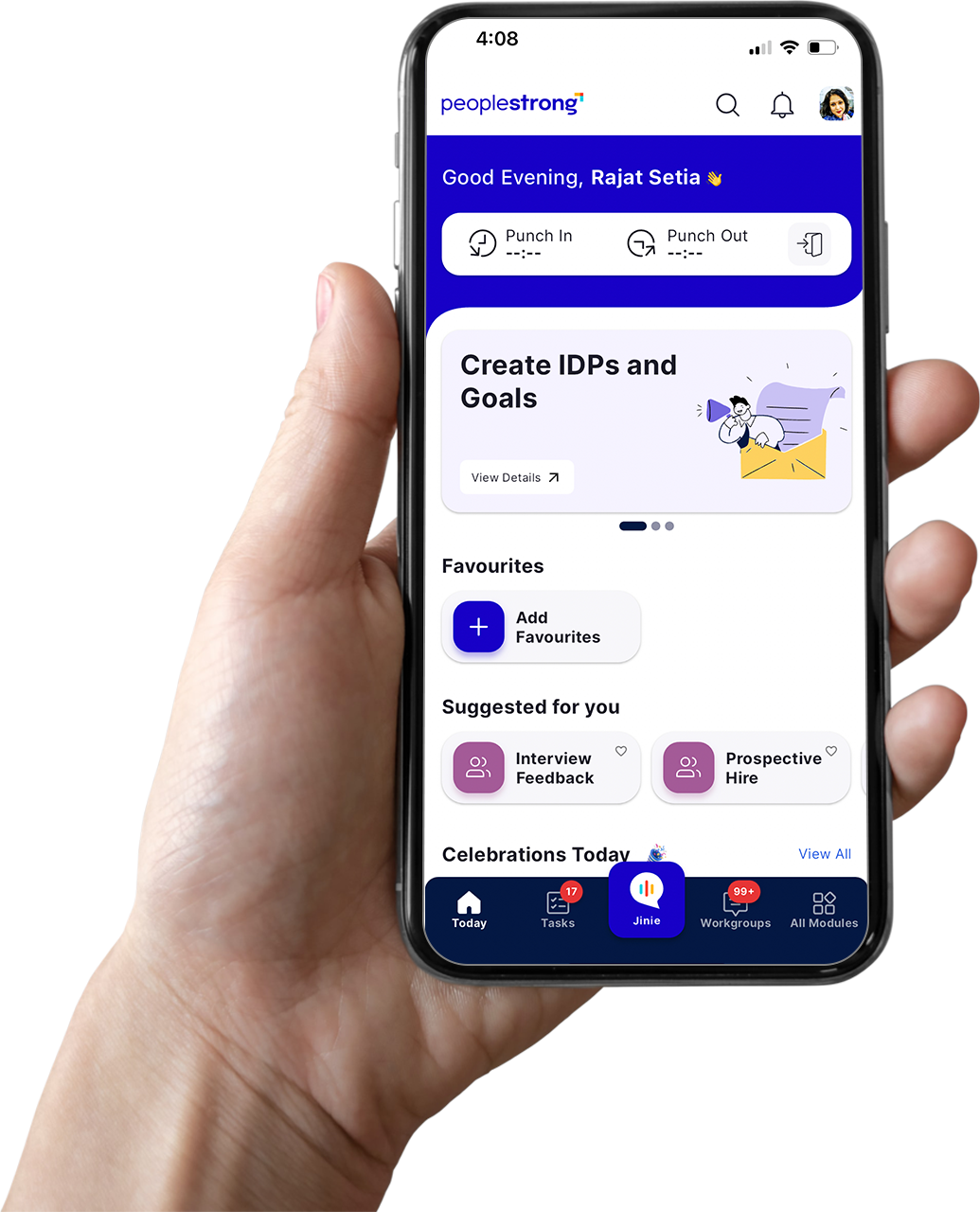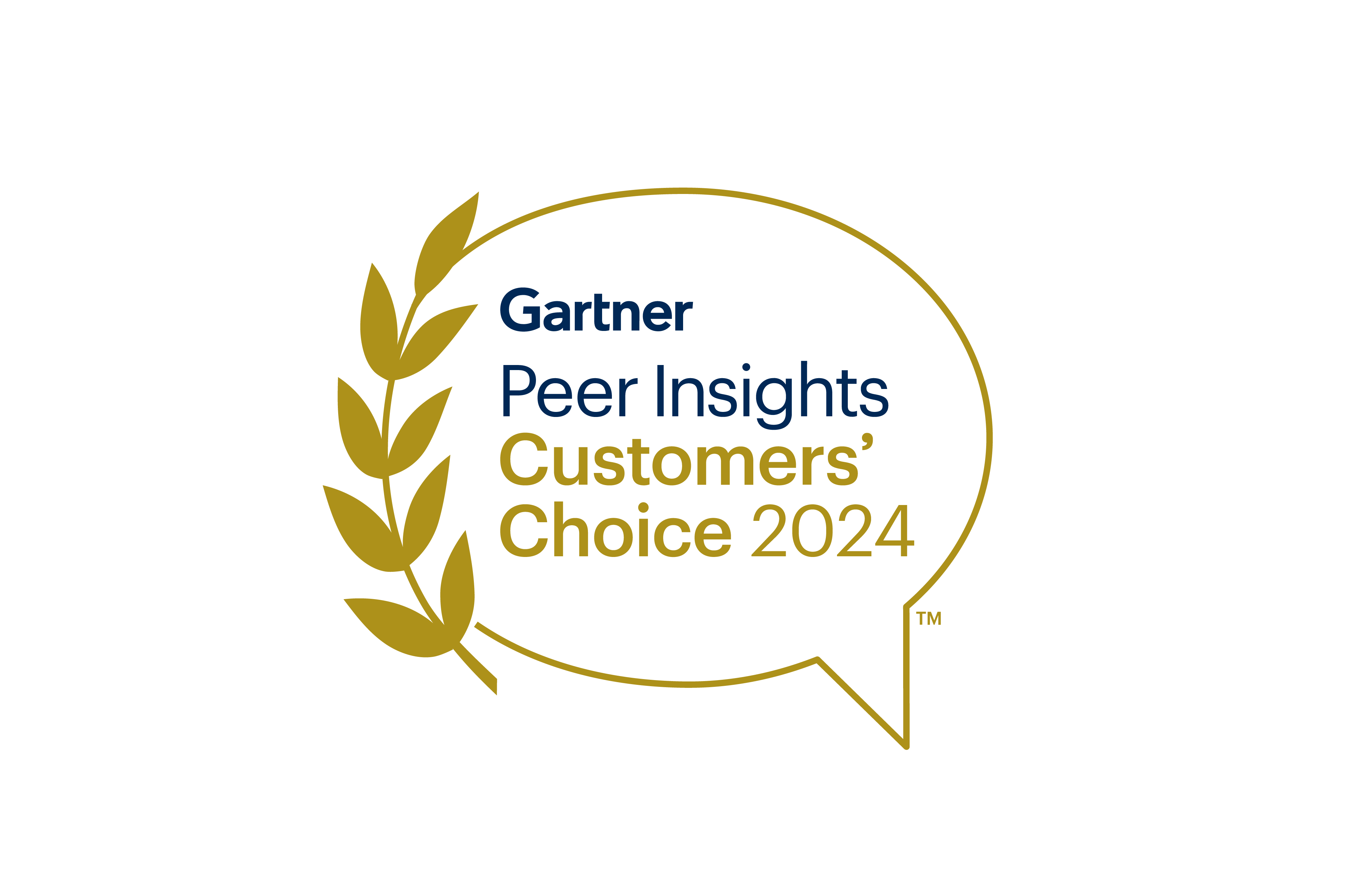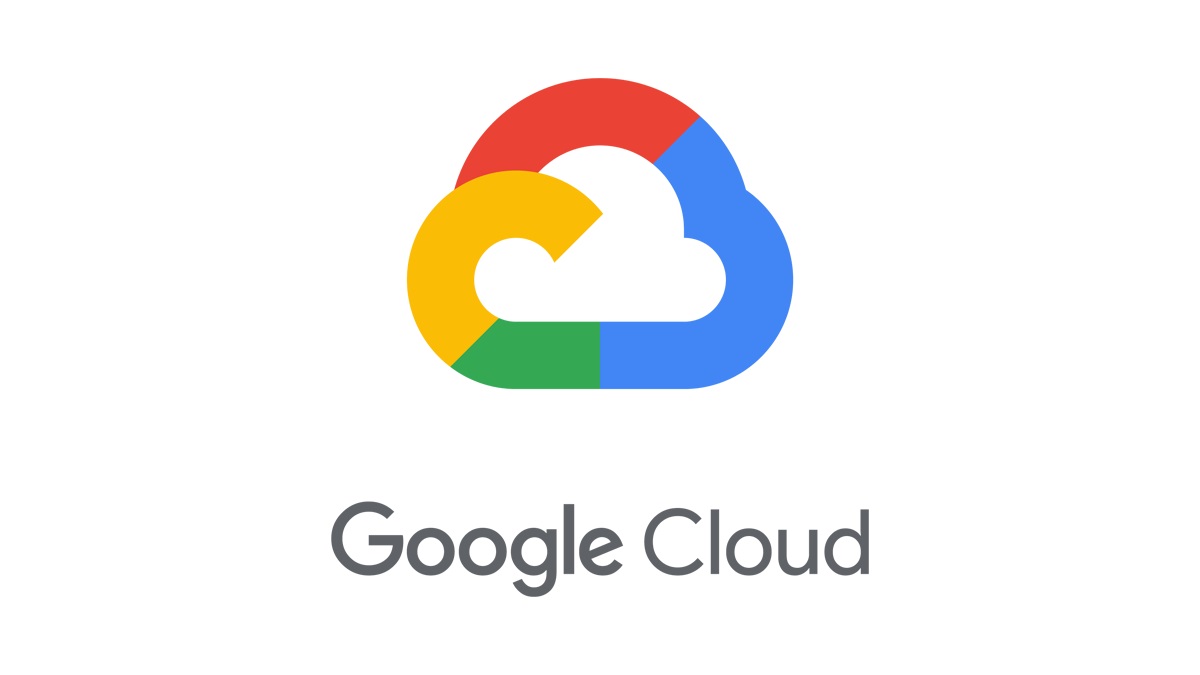A few years ago, AI was the slightly awkward colleague in the corner – great with numbers, clumsy with words, and unable to finish a sentence without tripping. Fast forward to now, and it’s writing code, composing music, drafting presentations, and yes, helping shortlist job candidates – all in real time.
The speed of progress has been staggering. What once required months of heavy computation on specialized machines now happens in seconds on your laptop. Click, process, done. But here’s something worth pausing on: while AI is brilliant at executing short, well-bounded tasks, it still lags when the horizon stretches. That’s changing quickly. In fact, research shows the length of tasks AI can complete is doubling roughly every seven months. If the trend holds, by 2028 to 2031, AI systems might be independently handling projects that take humans an entire month. (Source: METR)
As the Chief Technology Officer at PeopleStrong – India’s most comprehensive HR technology platform – I’ve been watching this evolution unfold right in front of me. And here’s the fascinating part: AI isn’t just becoming a tool in HR’s kit; it’s becoming a teammate.
We’re moving past the era of “AI as a backend processor” or “AI as a glorified chatbot.” Instead, we’re entering the age of agents – context-aware, action-oriented systems designed to help HR teams deliver experiences that are not only faster and smarter, but also more human.
From Automation to Empowerment
HR has always been more than policies and paperwork. It’s the function that balances compliance with culture, administration with aspiration. But the truth is, the operational load has often kept HR leaders from focusing on strategic, people-first initiatives.
Yes, earlier technologies made life a little easier. Automation chipped away at repetitive tasks. But efficiency gains alone weren’t enough to match the pace of change organizations face. That’s where AI steps in, and this time the math looks very different.
AI isn’t about replacing people or cutting headcount. It’s about amplifying human capability. Instead of removing the “human touch,” AI frees HR professionals from low-value tasks so they can double down on high-value ones – like shaping culture, guiding leadership, and investing in people development.
And let’s not forget: AI can’t empathize. It doesn’t weigh context the way humans do. A recent study from Apple’s AI researchers reinforced this – large models are brilliant mimics, but they don’t understand or build trust. And trust, in HR, is everything.
What AI can do is give HR new bandwidth, sharper insights, and faster decision-making power. It’s like clearing the fog so leaders can finally see the bigger picture.
What This Looks Like in Practice
Think recruitment first. AI agents can parse thousands of resumes in seconds, run preliminary assessments, schedule interviews without endless back-and-forth, and even answer candidate FAQs at midnight.
Or onboarding. Remember the confusion of your first week in a new job? Wondering where to log your attendance, whom to ask about policies, or which form goes where? AI agents can customize orientation journeys, provide real-time answers, and guide employees through systems step by step.
And ongoing support? Imagine an employee trying to understand tax deductions or find a learning module relevant to their role. AI agents can answer those questions instantly, recommend upskilling paths, and even nudge managers with reminders about performance reviews.
This isn’t about making work cold or robotic. It’s about taking away friction, giving employees smoother experiences, and giving HR professionals the chance to focus on what really matters – people.
The Rise of the “Agent-Led” Experience
Here’s where the leap feels different. AI agents are not just scripts or workflows with fancy names. They’re goal-driven, dynamic entities that can adapt, learn, and act.
Give an agent a goal, and it doesn’t just execute a command. It understands intent, reasons through the steps, and figures out the best path forward. It can pull data from multiple sources, call APIs, and even pause to ask a human for input if needed.
That’s the real test:
- A true agent can interpret intent, not just instructions.
- It can run in “reason and act” loops, continuously refining its next move.
- And crucially, it closes the loop – it finishes what it starts.
For HR teams, this is more than automation. It’s collaboration.
Big Opportunities… With Guardrails
Agent-led HR opens doors we couldn’t push through before.
- Equal access for all employees: No matter where someone’s based – headquarters, a factory floor, or a remote office – they get the same level of HR support.
- Agility in change: Remember the early days of the pandemic? The scramble for policies, process updates, and employee engagement could’ve been far smoother with agents handling real-time communication and support.
- Smarter decisions: Every employee-agent interaction creates a data trail, giving HR leaders powerful insights into engagement, concerns, and trends.
But with great capability comes greater responsibility. AI in HR must be designed with guardrails. Privacy, data security, and ethical frameworks aren’t optional. Transparency matters. Employees deserve to know how an AI reached its conclusion. Explainability isn’t just a buzzword – it’s the foundation of trust.
Building the Right Foundation
To make all this work, HR needs more than clever tools. It needs a solid technical foundation.
- Platform flexibility: Modular, event-driven architecture lets HR switch capabilities on and off as needed, scaling effortlessly without rework.
- Privacy and ethical design: From robust data protections to bias checks, these principles must be embedded, not bolted on.
- Seamless integrations: Agents only shine when they work across the HR stack – from ATS and payroll to learning systems, performance tools, and even chat platforms.
This is why at PeopleStrong we’ve built India’s HR SuperApp with AI-native extensibility and security at its core. Because without this foundation, agents are just shiny demos.
Bringing It to Life: The AI Co-Recruiter
Recruitment is a great testing ground for agents. Let’s face it – recruiters are drowning. Screening alone eats up nearly 60% of their time, according to Glassdoor. And with thousands of applications per posting, even strong teams struggle to find the right talent fast.
That’s where the AI Co-Recruiter comes in. Think of it as a super-agent managing four specialized sub-agents, each designed to handle a stage of the process:
- Contextual job descriptions: Generate accurate JDs tailored to each role or triggered when someone exits.
- Candidate fitment: Screen resumes with parameters like skills, industry, and designation, all weighted for relevance.
- AI screening interviews: Run structured interviews, share transcripts, and provide candidate scores with reasoning.
- Scheduling and feedback: Manage interview calendars, prep interviewers, and chase feedback automatically.
It’s like having a tireless recruiter’s assistant who handles the grind, so humans can focus on the real art of hiring.
Beyond Recruitment: A Family of Agents
Recruitment may get the spotlight, but agent-led HR stretches far wider. Imagine:
- Policy Agent: Employees ask about leave rules or travel reimbursements and get instant, accurate answers.
- Payroll Agent: Validates data, flags mismatches, and resolves queries without HR spending hours on email trails.
- Learning Agent: Tracks employee skills, nudges them toward development goals, and helps managers monitor progress.
These agents don’t just make processes efficient. They make experiences consistent, fair, and engaging – whether for a new hire on day one or a senior leader planning their growth path.
Keeping It Human-First
Let’s circle back to the big question: what does this mean for HR?
It means the role shifts from process owner to experience architect. From keeping the lights on to designing journeys that matter.
The way forward is clear:
- Start small – pilot an agent on one high-friction process and see the value firsthand.
- Choose AI-native platforms – ones that are built with modular, extensible architecture.
- Keep it human-first – because no matter how advanced AI becomes, the best workplaces are still built on empathy.
When AI joins the HR team, it’s not about subtraction. It’s about multiplication. More capacity for HR, more clarity for employees, and more resilience for organizations.
That’s the future of work – not man versus machine, but people and agents working together to create workplaces that actually work.











